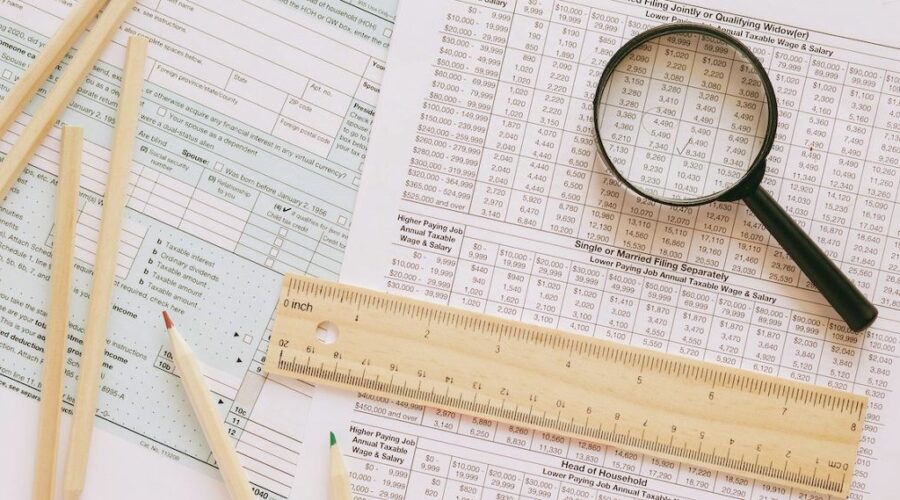If you’re starting a new business and have never created financial projections before, then this article is for you. Handling the finance of a company certainly involves more than just learning to use the gst calculator. In fact, financial projections are the most important aspect of the finance department of any business. By the end of this article, you will know how to make financial projections for your new business. If a profit and loss statement or cash flow projection is important to you in running your company, then it’s even more important to understand the actual numbers behind those projected numbers. Without understanding how they were calculated, you won’t be able to make good decisions with respect to where your company is going and what needs to change. So let’s understand the most important steps for creating financial projections:
1. Expense and sales projections
This step involves creating a budget for your business, as well as predicting how much you will spend on advertising and marketing, how much you will pay in rent and utility bills, and what percentage of your revenue will go to taxes. Projecting these figures is necessary to create financial projections that are realistic and accurate.
2. Create financial projections
After you have projected the numbers above, it’s time to create financial projections by analyzing your cash flow. This involves projecting sales over a period of time (e.g., six months), dividing that amount by projected expenses for that same period of time (e.g., rent), and then subtracting out any necessary operating costs (e.g., taxes). Once you have calculated this number, subtract it from the total projected sales figure to see how much money you can expect to make each month – this is known as the break-even point or breakeven analysis (essentially just another way of calculating profit). While preparing financial projections try to replace manual calculations and use calculators such as interest rate calculator India just to guarantee you have the most accurate figures in the report.
3. Determine your financial needs
The first step to making any business plan is to determine the financial needs of your business. This includes calculating what you will spend on things like rent, utilities, insurance and staff salaries and benefits. You also need to include any other expenses that are directly related to your business, such as advertising fees or accountants fees.
4. Income projections are important
Next, determine how much income you expect from each source of revenue. For example, if you plan on selling products online, it’s important to include how much money you expect from each customer who buys from you. If you plan on doing product launches at trade shows or through word-of-mouth marketing campaigns, it’s important to calculate how many people will buy from you when those events occur (or in advance).
5. Find out necessary expenses
Once you have determined your projected income and expenses, it’s time to calculate any additional expenses that might be unexpected or unplanned for (such as a major lawsuit or natural disaster). You can use this information along with projected sales figures to determine whether there are enough funds coming in during the first year of operations of the business.
6. Don’t overlook contingencies
There are always going to be things that go wrong during the course of starting up a new business — especially when it comes to finances. You never know what could happen with suppliers or customers, or what obstacles might pop up along the way (like zoning issues). So it’s important that you account for these potential problems when planning out your budget and sales projections.
7. Compare and monitor projections with actual results
When you’re done with your financial projections, make sure to compare them to your actual revenue and expenses. If there are significant differences, it’s time for a revision. You can do this by comparing the projected figures with actual figures from previous quarters or years. But even if there aren’t any major discrepancies between the two sets of numbers, it’s still important to monitor your projections over time so that they remain accurate.
